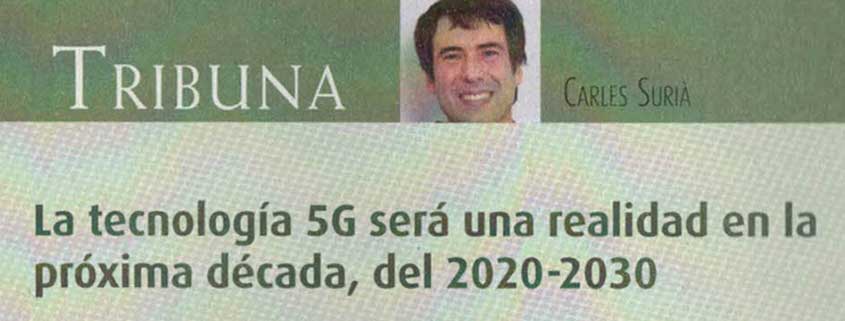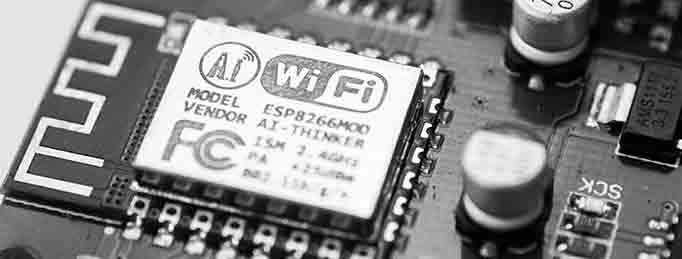WHAT IS 5G – CAN IT AFFECT OUR HEALTH?
Published in autumn 2018 in the magazine “Ecohabitar”.

The fifth generation of communications is coming. Data transfer speeds in excess of 20 Gbps, a much higher number of connected devices than today and a much lower latency (time lag between the antenna and the device) are on the horizon. In short, a social breakthrough is promised thanks to the new technology.
In other words, big business is on the horizon that will create a market for products with built-in wireless functionality far superior to today.
The aim is to achieve these speeds by improving the communication protocol and using higher frequency bands, very close to the extremely high frequency range (EHF: spectrum from 30 GHz to 300 GHZ). We are talking about more energetic frequencies with higher bandwidth.
Initially, this will not be the case. Lower frequencies will be used. The 700 MHz band with speeds above 0.1 Gbps and the 1.5 GHz and 3.6 GHz bands with speeds between 1 and 3 Gbps. In this respect, the speed increase will hardly be noticeable in the 700 MHz band, as the theoretical maximum 4G speeds are 0.075-0.15 Gbps, which are obviously lower in speed tests.
Then, it is expected that 5G will eventually be deployed at higher frequencies to perhaps achieve the promised speeds. These frequencies are more energetic, although less penetrating, and will require an increase in the number of antennas and also in the mandatory exposure of the population to electromagnetic waves.
Spanish legislation has established general power density limits in Royal Decree 1066/2001 depending on the frequency, which operators are sure to comply with. Therefore, legally, 5G would be a safe technology.
On the other hand, the Council of Europe sets much stricter power density recommendations that the use of current technology does not meet. Therefore, the advent of 5G is likely to take us further away from these recommended values.
Returning to the present, scientific evidence on current wireless technology is beginning to point to the possibility of health impacts. However, there is no strong scientific consensus to support this. This does not mean that the current technology is safe, but rather that further research is needed to consider the possibility of applying the precautionary principle in the face of the continuing emergence of studies showing adverse health effects.
In these circumstances 5G is looming. The internet of things will arrive, where any everyday object will be connected to the internet. Just as the fax or telegram are technologies of the past, 5G will gradually replace previous technologies. In any case, prevention should be a smart choice in the face of the arrival of a new, barely studied wireless communication protocol. We hope that any concerns about the health effects of communications with electromagnetic waves do not go beyond doubt and the same thing that happened with tobacco or asbestos will not happen.
RELATED DOCUMENTATION
Royal Decree 1066/2001, of September 28, 2001, approving the Regulation that establishes conditions for the protection of the public radioelectric domain, restrictions on radioelectric emissions and health protection measures against radioelectric emissions.
Report | Doc. 12608 | 06 May 2011. The potential dangers of electromagnetic fields and their effect on the environment Committee on the Environment. Doc. 11894, Reference 3563 of May 29, 2009. Permanent Committee.
EUROPAEM EMF Guideline 2016 for the prevention, diagnosis and treatment of EMF-related health problems and illnesses. Igor Belyaev, Amy Dean, Horst Eger, Gerhard Hubmann, Reinhold Jandrisovits, Markus Kern, Michael Kundi, Hanns Moshammer, Piero Lercher, Kurt Müller, Gerd Oberfeld, Peter Ohnsorge, Peter Pelzmann, Claus Scheingraber and Roby Thill.




